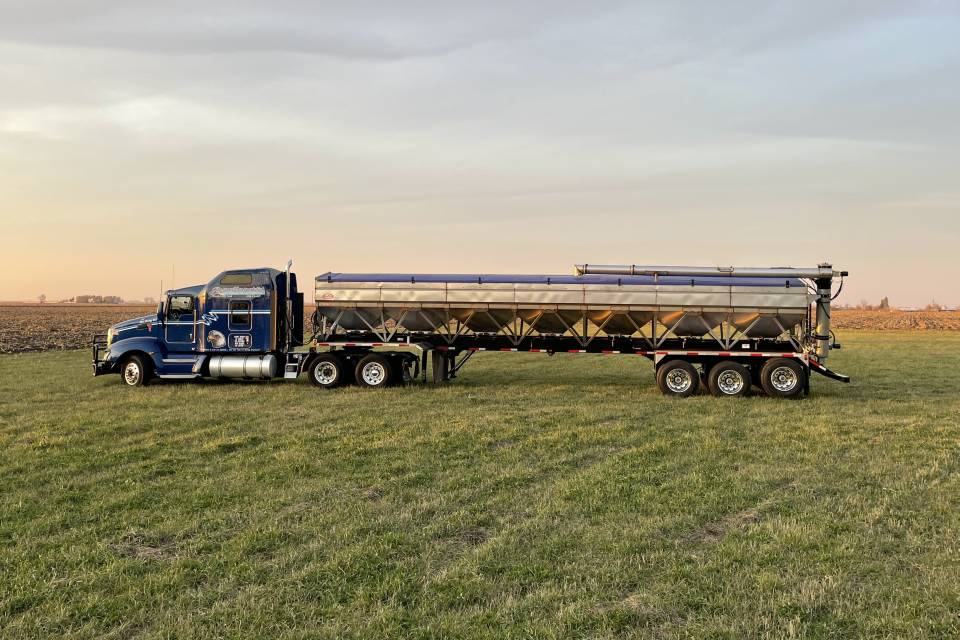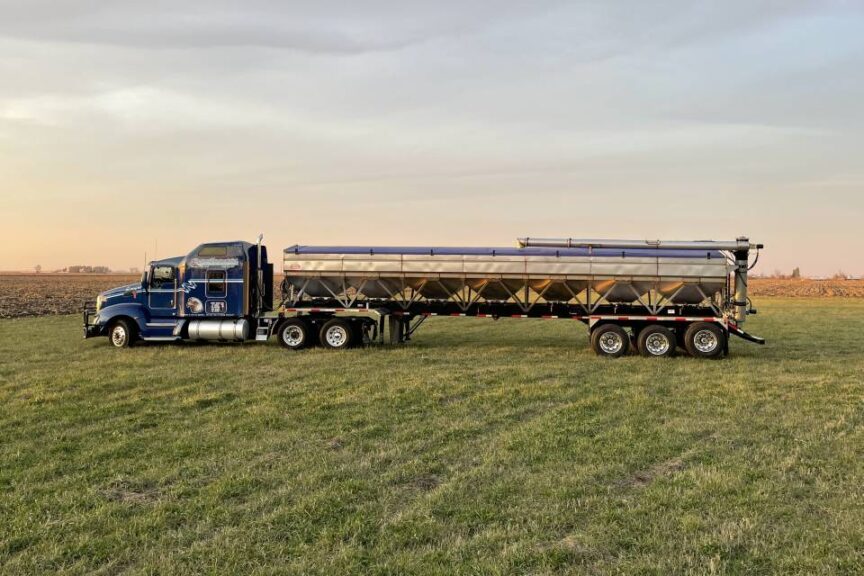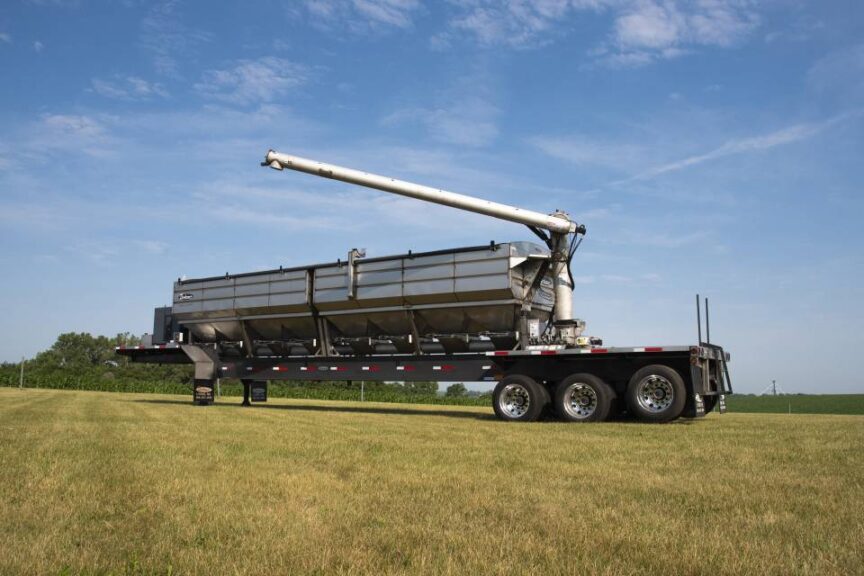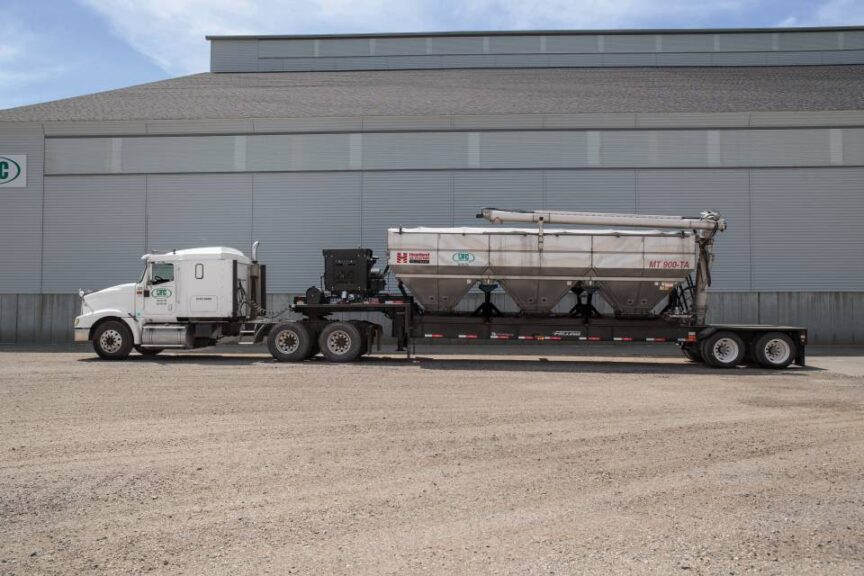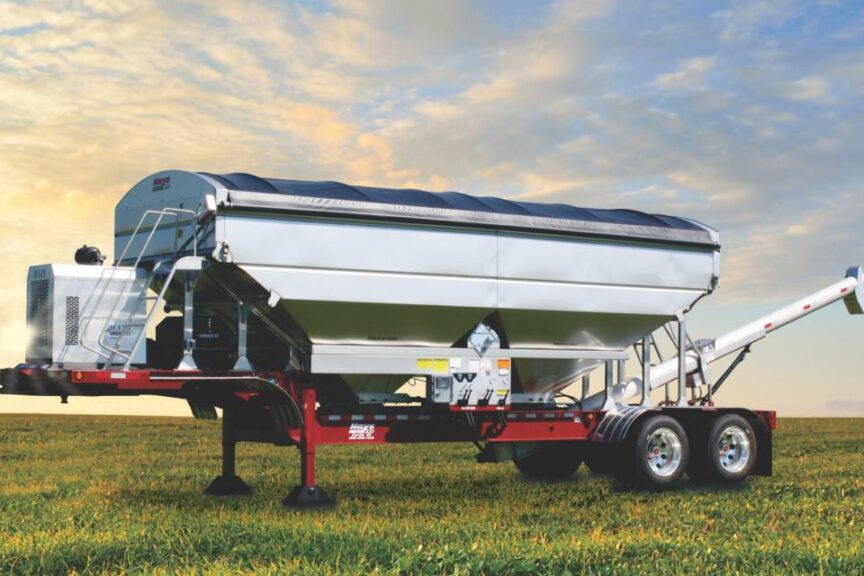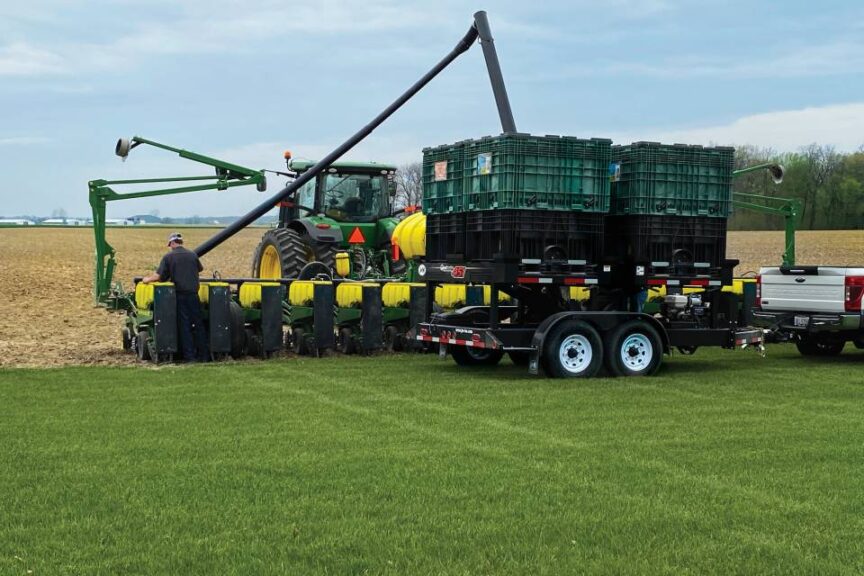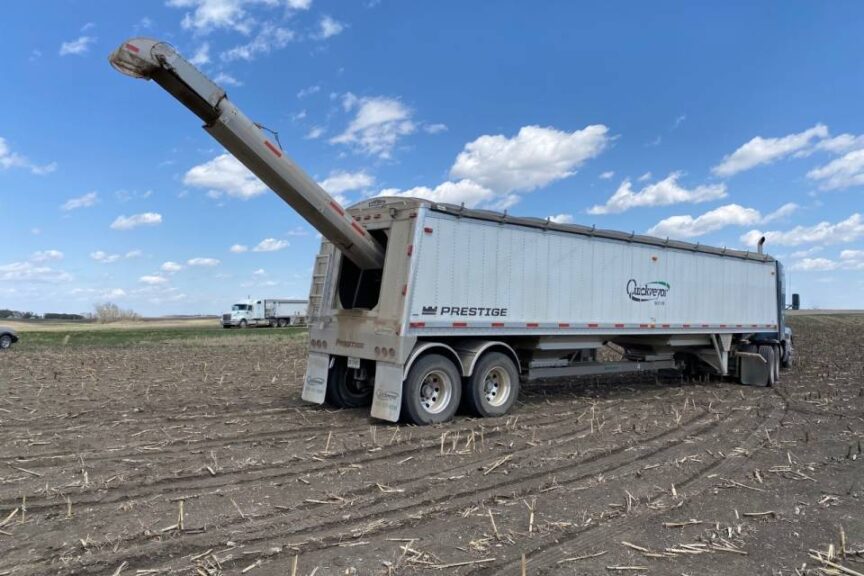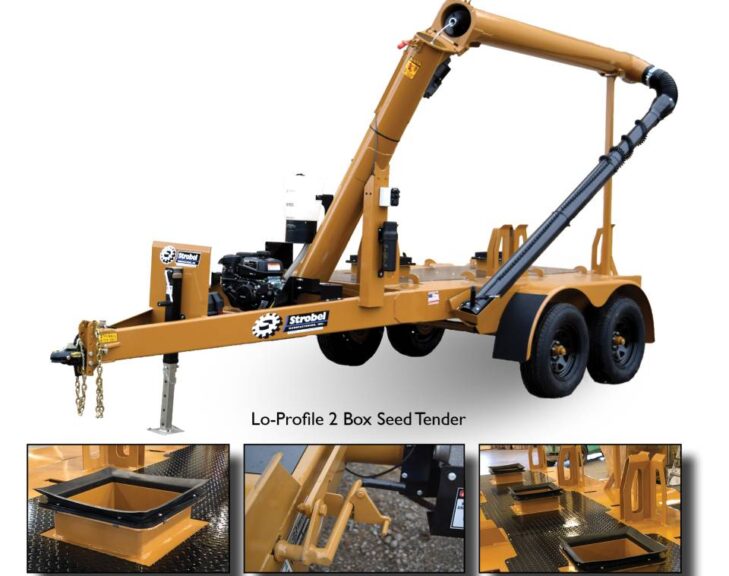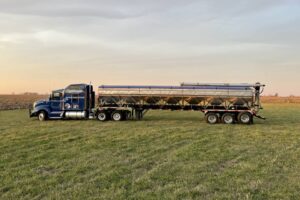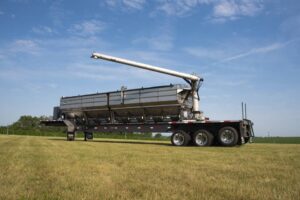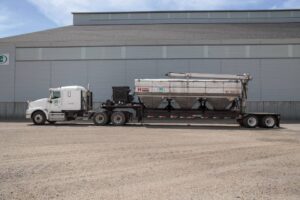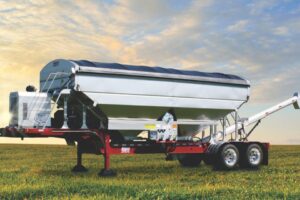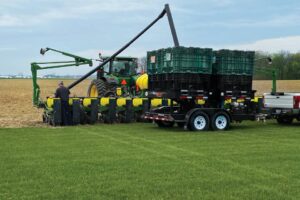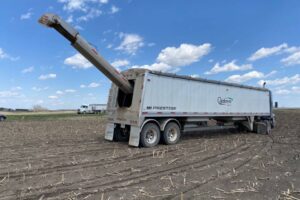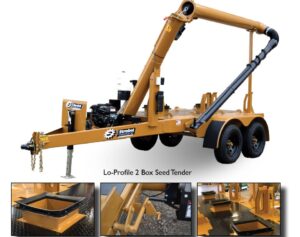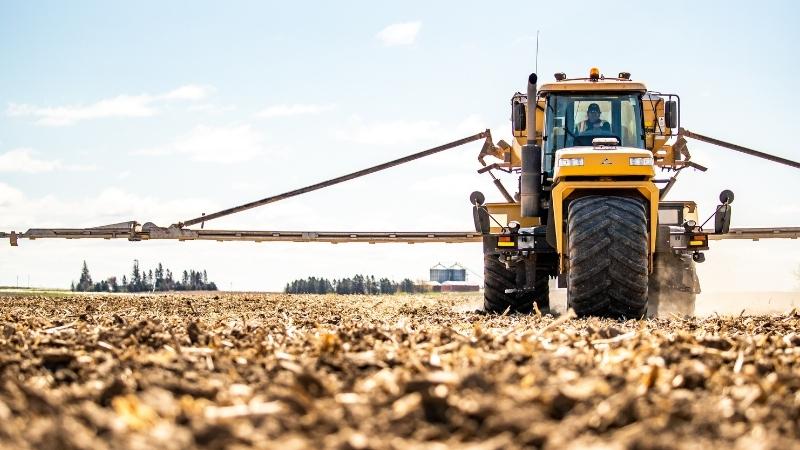Fertilizer Tender Manufacturers Concerned About Steel Prices, But Optimistic About 2022 Sales
Take a global pandemic, add a labor shortage, and a supply chain crisis, and it would be easy to understand why manufacturers were worried heading into 2021 and 2022. While they might have some initial concerns, last year’s selling season ended up being a good one, which translated into optimism for 2022.
Of course, that doesn’t mean that no adjustments were made.
“With many uncertainties in the economy this year ranging from inflation, supply chain issues, and soaring steel prices, we anticipated a few bumpy months for our industry, but the opposite has happened,” says Matt Hays, Sales and Production for Hay LTI. “Our customers across the agriculture industry have shown great preparedness in getting orders in early and adjusting budget deadlines to make sure that their operations have the equipment they need.”
What they need; what they’ve been demanding includes safety and versatility.
“The technology has changed a lot in the 20 years I’ve been in the industry; it’s gone from a basic unit with manual controls to fully automated units that are operated with a wireless remote,” Gerald Unrau Product Manager, Convey-All. “They can also be purchased with scales and can be used for fertilizer as well.”
Ryan Salway, Marketing Manager, J&M Manufacturing, agrees.
“If you’re looking to get more done, a tender is an excellent way to keep the machinery you already own moving. They are the grain cart of the planting season,” he says.
End users are looking for a return on their investments. They want to be able to do more with the tools thy have.
“Customers have always looked for increased safety and reduced maintenance,” explains Joe Brehmer, President and CEO, Brehmer Manufacturing Inc. “What we’re seeing now is a need for higher capacity. It’s not enough for the machine to function efficiently. Applicators want to transport more material per load.”
Manufacturers are responding.
“Customers are demanding a more versatile trailer with options to suit their individual needs,” says Lydia Peterson, Operations Manager, Quickveyor/Peterson Motors. “This need for versatility has driven us to develop our newest feature, the quick release hinge pin, for easier use of the trailer in the off season. Larger payload capacity has also been a high demand. At 26- to 27-tons capacity, we meet this demand.”
A Look at 2022
When a potentially disconcerting 2021 turning out just fine, it’s little wonder manufacturers expect this year to be at least as promising.
“We expect 2022 to be a very good year,” Brehmer says. “We’re working with customers to make sure our 2022 tender models will meet their needs with new features. Customers have high expectations, and we intend to continue to meet those expectations.”
Those expectations include a more user-friendly design. “With a smaller pool of driver/operators, there’s a real benefit to focusing on usability, increased efficiency, and higher capacity,” Brehmer says. “We expect the demand for fertilizer tenders to continue to increase in the 2022 season. We’ve already seen an increase in orders for the upcoming year, even with the growing cost of components and materials.”
Any number of factors could influence purchasing decisions, but manufacturers remain hopeful.
“Weather varies, but the demand for our Quickveyor trailer does not,” Peterson says. “The continued demand for fertilizer application remains strong and we anticipate steady demand. The cost of fertilizer is on the rise, and we expect that to play into our sales. This creates a demand for a precision product that produces little waste and maximum efficiency/reliability.”
With soaring fertilizer prices end users expect to quality and reliability.
“Fertilizer prices along with everything else have increased dramatically. Every load of fertilizer that goes out on a tender this year will rely much more on our equipment working correctly and moving these fertilizer products as efficiently as possible,” Hays says. “Our customers can’t afford down time in normal circumstances, and with more money tied into each load, there will be an even greater emphasis on our service team being readily available for any issue that arises with our equipment big or small. We have a great and experienced service team that is prepared to tackle any problems that arise swiftly.”
And while still early, manufacturers high expectations are being met.
“The 2022 order season is already off to a great start. We have geared up our production to fulfill all orders,” Salway says. “Demand is extremely high heading into 2022 and we expect to see a strong market with labor and purchase parts being the only limiting factors.”
Heartland’s Sinclair sees no reason to temper those expectations.
“We expect to see continued growth in customer’s tender purchases. The improved ag economy has led to more fertilizer being applied,” he says. “This will lead to the need for more efficient and productive tenders. The need to run more acres will lead to our customers continuing to evaluate their application needs as their acres covered grows.
“Workforce issues continue to be an issue we are preparing for in 2022,” Sinclair continues. “As the job market becomes increasingly more competitive, customers will need to work to keep their workforce. For years, finding qualified tender drivers has been an issue, the current job market has only grown that problem. Any feature on machines make the long hours of application season easier helps with operator retention.”
While hopeful, manufacturers aren’t ignoring the challenges that could hinder their ability to meet all their customers’ needs.
“We have been fortunate to have two very strong years in 2020 and 2021, though they have come with their fair share of challenges,” Hays says. “A big concern for the tender market is steel prices skyrocketing and driving up the cost of equipment and components. Everything we are hearing from suppliers and vendors is suggesting that cost increases and shortages of parts and components should level out in 2022. We are on the frontlines with our suppliers every day to keep our costs under control and keep equipment prices at a reasonable level for our customers.”
Trends
As business practice and technology change, so often, do patters of use. Manufacturers have noticed some changing trends when it comes to how their offerings are being used.
“With the continued trend of consolidations and mergers between ag retailers, comes the desire to simplify fleet management by using the same equipment at all locations,” Peterson says. “Parts and maintenance become uniform across the locations. We are seeing an increase in companies ordering our trailers for multiple locations with feature differentials to meet each location’s needs. They also enjoy ordering parts in bulk quantities to supply each location.”
The team at Heartland Ag has seen an evolution as well.
“We continue to see a shift to larger capacity tenders, and customer’s need for tenders that offer multi-direction maneuverability of the auger,” Sinclair says. “Application equipment has become taller, which is driving the purchases of tenders with augers having hydraulic controls and maneuverability, allowing product to be unloaded in a center of floater box. We also see the safety features of tenders impacting current purchasing decisions. Many of the employees driving tenders are seasonal employees, so having the ability to have product completely empty from hoppers, without having to climb onto or into the tenders reduces the risk of slipping or falling is important to retailers.”
Safety is critical, but it’s not the only feature growers are looking for.
“A considerable amount of engineering has focused on making our tenders more feature-packed and intuitive,” J&M’s Salway says. “Our tenders have gotten smarter and easier to use. For example, advances in wireless controls allow you to control the unload speed or conveniently control the optional talc applicator from your remote.
“As seed tenders have become more commonplace, consumers are expecting more out of their seed tenders,” Salway continues. “Tenders are increasingly being purchased with scales and wireless remotes for the purpose of automatic dispensing of seed and making planting easier for the farmer.”
That has become particularly important with recent labor issues arising out of the COVID crisis. Employees have quit jobs in the millions, and agriculture hasn’t been spared from what is being called the Great Resignation.
“As farms grow and help becomes harder to find, the tender helps producers make their farms more efficient so there are opportunities there as well as for the retail market to use a tender to offer on farm deliveries of seed and fertilizer,” Unrau says.
Challenges Ahead
Not only have these challenges changed manufacturers’ behavior, it’s changing the grower purchasing schedule.
“We have seen many customers ordering equipment earlier in the year than they have historically,” Hays says. “People are wanting to get orders in early and lock in quotes in order to avoid paying more later if steel prices, inflation, and supply chain issues persist. We are seeing the demand for tenders across the market to be as great as ever.”
“It is no secret that supply chain and steel prices continue to be a challenge,” says Larry Myers, Marketing Manager, Strobel. “Through a lot of hard work and strategic planning, Strobel is well positioned to deliver the needed seed tenders to producers by the time they are needed.”
J&M’s Salway echoed those concerns; “Supply of purchase parts and labor are the biggest issues we are currently facing as a manufacturer.”
It’s about the planning.
“Currently, our challenge has been managing product and component delays in order to keep up with the ever-growing demand,” Peterson says. “We always strive to under-promise and over-deliver, but in this climate many things have become out of our control.”
“The potential supply shortages of granular fertilizer place more demand on tenders that are efficient and cost effective,” Peterson says. “Speed and reliability of the tender is critical.”
And it’s no longer an afterthought.
“As customers work to increase productivity of their application equipment, they are evaluating how to minimize time waiting for fertilizer and maximize time keeping applicator running,” Heartland’s Sinclair says. “For that reason, we have seen a shift to tender purchases becoming part of fleet management and equipment planning. In past years, tenders were often a secondary purchase after application equipment units were bought, and only if any capital budget dollars remained.”
Opportunities Moving Forward
“We feel the largest opportunity in the tender market is the ability to reduce maintenance and down time,” Brehmer says. “We know a reliable piece of equipment is the key to making sure an applicators operation runs smoothly. We understand their needs and we work to make sure that our equipment meets those needs.”
It will also be key, given supply disruptions, for manufacturers to have plan ahead to ensure product availability.
“With supply chain constraints, it will be very important to manufacture the number of tenders needed in the marketplace and to have them at dealerships or be able to deliver quickly,” says Strobel’s Myers. “We expect to do just that.”

